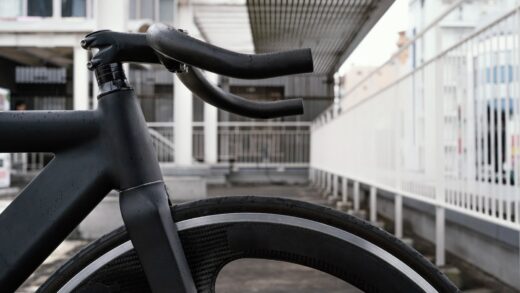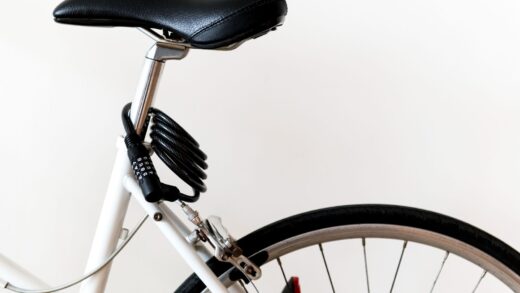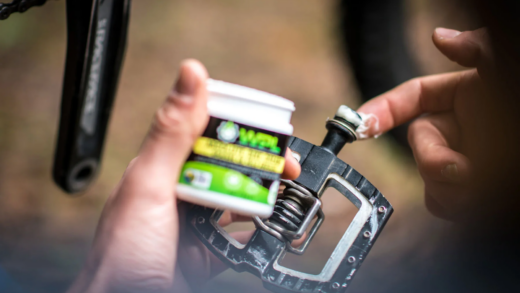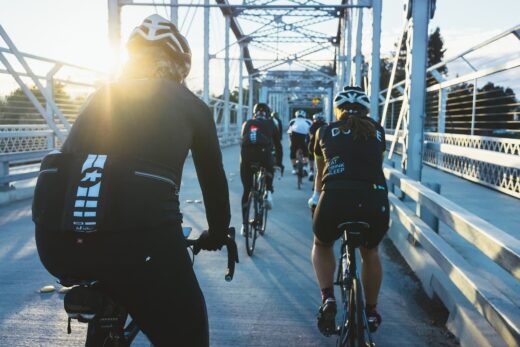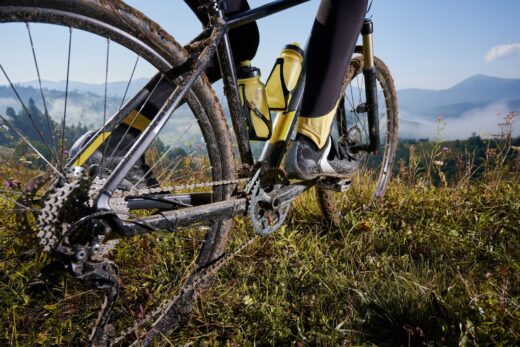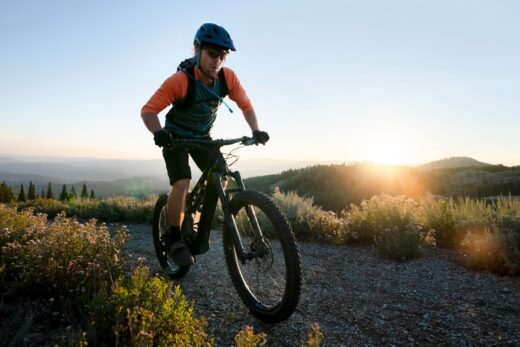Looking for a new bike for your child? This article could be useful to you.
As this is their first opportunity to enjoy cycling, buying your child a bike may be an exciting moment for both you and them. Everyone can recall how happy they were the first time they swung a leg over a bike and felt the wind in their hair. It is mind-blowing to realize that exploration is now easier, faster, and farther than ever before. To make sure they have favorable and reassuring first impressions, picking the proper bike is essential.
How do you decide which style is the finest when there are so many options? It all depends on where your child wants to ride, how they plan to operate the bike, and the kind of surfaces they plan to use.
Some young people could prefer a mountain bike because they enjoy riding off-road, or perhaps someone has always wished they could ride their bike on the pavement down the street. Some bicycles may come with training wheels, while others may not. This will let your child learn to pedal with the assurance that they won’t trip.
This article will help you determine the ideal type of bike for your child based on their age, height, weight, and skill level. It will also discuss the benefits of using lead management software to keep track of your child’s progress and ensure they have the best experience possible.
Sizing
To ensure that your child has the best experience possible, it is essential to get the correct size bike. We can all agree that children grow very quickly and that parents don’t want to buy a new bike every year, but a bike that is too big could have some very dangerous consequences. It involves educating your youngster about the benefits of riding as a healthy activity and demonstrating how bikes can transform lives.
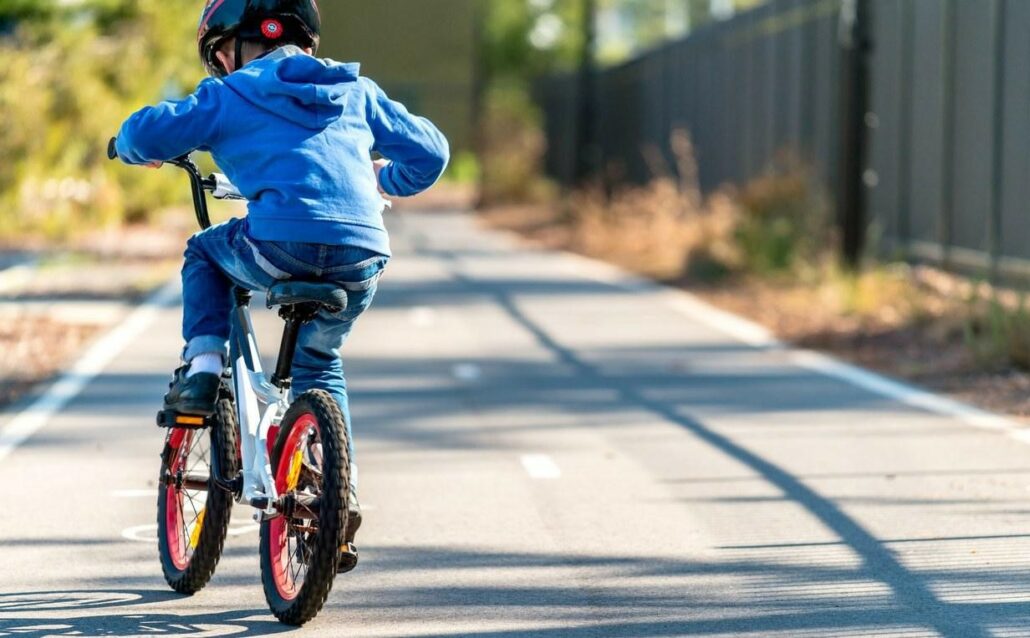
A bike that is too big will make getting on and off the bike for your youngster challenging and unsettling. Because it is more difficult to control and less steady for the user, a larger bike will appear scary. They won’t ride the bike as a result of these detrimental effects, which will lower their confidence and enjoyment.
We advise purchasing a bike that will fit your youngster at the time. In order for your child to ride comfortably, it is preferable to consider the larger size if they are between sizes. Your youngster may be able to ride a bigger bike than a child who is less at ease on a bike if they are already a confident and experienced rider.
We advise taking weight into account when determining size for a bike. The greatest bicycle to buy is the lightest one you can afford. Your kids will have a better ride on a bicycle that is lighter since it is easier to peddle and steer.
Many parents start the process of getting their kids a bike by taking their age into consideration. Unfortunately, not all 5-year-olds, nor are all 7-year-olds, or all 10-year-olds, etc., the same height. The best approach to determine what size your child needs is to measure their inseam.
When selecting a kid’s bike, a child’s inseam and height should be considered to get the best fitting bike. Click on wheel size to see our top picks for each size bike.
Finding the Correct Size for Kids’ Bikes in Four Easy Steps
The best and most precise method to guarantee a correct bike fit is to use your child’s inseam in relation to the bike’s seat height. The frame and wheel size combine to establish a bike’s seat height.
Therefore, even if your child has never had the opportunity to test out the bike before you buy it, you can ensure a fantastic bike fit for them by choosing a bike based on seat height rather than age, wheel, or frame size. This not only makes riding much simpler, but all the experts concur that safety also requires a decent bike fit.
1. Check the inseam of your child
We usually advise utilizing the inseam measurement rather than the age or height of your child, which is how most bike manufacturers determine sizing. It’s a lot more precise!
- Have your youngster put on shoes and stand up against the wall with their feet slightly apart.
- Between their legs, place a hardcover book with the spine facing the crotch.
- Lift the book till the spine firmly lands on their crotch.
- The inseam is determined by leveling the book with the floor and taking a measurement up to the spine.
2. Limit Wheel Size Depending on Inseam
You may determine which one or two bike wheel size groups your child belongs to by using their inseam. Generally speaking, it’s better to purchase a bike with a larger wheel size as long as your child’s inseam fits the bike. More stability and room for expansion are provided by larger wheels.
For instance, the inseam of the 5-year-old in the image above is 19.5 inches. She might be riding any of the THREE sizes of bikes listed in the chart below! However, when she grows, the 16′′ and 20′′ wheels will be much better for her. The ideal size between these two will be determined by the next step.
3. Determine the Ideal Seat Height (By Considering the Child’s Inseam and Riding Capability)
It’s time to think about your child’s riding skill now that you know what size (or sizes) bike is probably appropriate for them. Why? The ratio of the bike’s seat height to the child’s inseam determines whether a bike is properly fitted. However, depending on whether your child is a novice, an expert, or is using training wheels, the seat height of a bike should be adjusted appropriately.
The seat height, which is measured from the bottom to the top of the seat, can help you further reduce your options and ensure a perfect fit right away! novice riders (1st Bike After a Balance Bike or Training Wheels).
4. Purchase based on current fit and growth
You can start looking for a bike now that you are aware of the ideal seat height for your child’s bike. The ideal bike will have a minimum seat height that is as near to (but not higher than) the seat height you chose in step 3 as possible.
So that you don’t need to buy a new bike too soon, this makes the bike fit perfectly right now and provides the most room for growth.
Measurement of experience levels
Novice riders (1st Bike After a Balance Bike or Training Wheels).
Beginners should be able to sit on the bike’s seat with their feet flat on the ground. This includes graduates from balance bikes. A child should be able to stop their bike with ease using their feet at this stage. As a result, the seat height on their bike should be adjusted to match their child’s inseam.
The first pedal cycle seat for a youngster should be adjusted to the same height as the child’s inseam.
Riders with Experience: Second Pedal Bike and Beyond.
An experienced rider should be able to sit on the bike’s saddle with their tiptoes touching the ground and be able to smoothly start and stop the bike while using either a hand brake or a foot brake. Accordingly, the child’s inseam should be 2 to 4 inches above the seat’s inseam. By allowing for proper leg extension when pedaling, raising the seat, you may increase the effectiveness of each pedal stroke.
Style
Children’s bikes are now available in almost as many variations as adult bikes. It’s critical to comprehend the riding style that your child prefers. For instance, riding a flat bar commuting style bike won’t be safe or up to the severe riding if your youngster wishes to get into off-road or mountain biking. Gaining a thorough understanding of the vehicle your child will be riding is recommended.
Realistic expectations for the riding they will be performing are also crucial. Sometimes you’ll discover that your kid really wants a mountain bike or BMX, but if they mostly commute on the streets, it might not be the most fun for them to ride.
